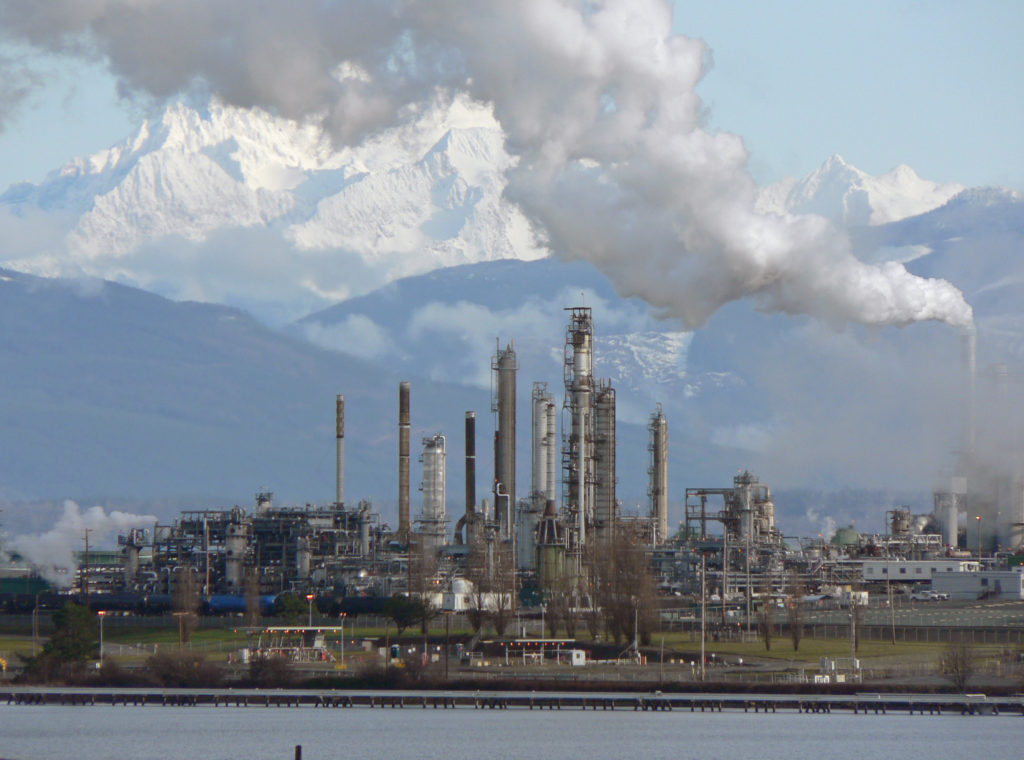How Oil Refining Works
You undoubtedly know that crude oil is used to make an enormous number of substances that we use today. In this article, we will look at what crude oil really is and how it is transformed from a dark, viscous fluid into hundreds of other useful substances.
Crude oil
Crude oil is the term for raw oil that is pumped out of the ground. Also known as petroleum, crude oil is a fossil fuel. This means it was made naturally from decaying plants and animals living in ancient seas millions of years ago. Crude oils vary in color from clear to jet black, and in viscosity, from molasses thick to almost water-like. Crude oils are such a good starting point for so many different substances because they are made up of hydrocarbons.
About hydrocarbons
There are several things that make hydrocarbons useful. First, hydrocarbons contain a lot of energy. Many of the things derived from crude oil, like gasoline and diesel fuel, take advantage of this energy. Second, hydrocarbons can be changed into many different forms. For example, the smallest hydrocarbon is methane which is a gas that is a lighter than air. Longer chains with 5 or more carbon atoms are liquids. Longer chains become solids like wax or tar. By chemically cross-linking the chains, you can get everything from rubber to plastic.
Distilling crude oil
The problem with crude oil is that it contains hundreds of different kinds of hydrocarbons all mixed together. Fortunately there is an easy way to separate all these components. This is how it works. Different hydrocarbon chain lengths have different boiling points, so they can all be separated by “fractional distillation.” This is what happens in an oil refinery, crude oil is heated and the different chains are distilled out. Here are the primary components that are usually obtained.
Petroleum gas – Commonly known by the names methane, ethane, propane and butane. These gases are commonly used for heating, cooking, making plastics. It is often liquified under pressure to create LPG (liquified petroleum gas)
Gasoline – Gasoline is usually a mixture of alkanes and cycloalkanes that are distilled out of the crude oil at some 100 degrees Fahrenheit. Thompson Toyota of Edgewood, MD, a full-service Toyota dealer, points out that this temperature is about what a hot day is. That’s why gas should be stored in sealed containers.
Kerosene – Kerosene is one of the primary components of aviation fuel. It is a mixture of longer-chain alkanes and aromatics. These are used to make oils like this aeroshell oil w100 which not only fuels the plane but helps lubricate and prevents corrosion between the many moving parts.
Diesel fuel – A important component of the distillation process is diesel fuel which is used in diesel engines and as heating oil. It is made up primarily of alkanes containing 12 or more carbon atoms
Lubricating oil – Lubricating oil is used for motor oil, grease, other lubricants. It is made up of long chain alkanes, cycloalkanes, aromatics. It is boiled out of crude oil at some 572 to 700 degrees Fahrenheit.
Residuals – What is left is the solid stuff: coke, tar and waxes. These are used as starting material for making other products and is the primary source of asphalt.
What is amazing about crude oil is just how many substances we do get out of it. Isn’t it amazing that just some 150 years ago, crude oil was just discovered. Can you imagine a world without all these substances that we take for granted now.





